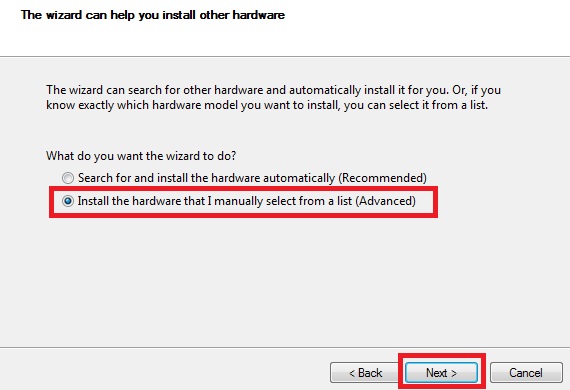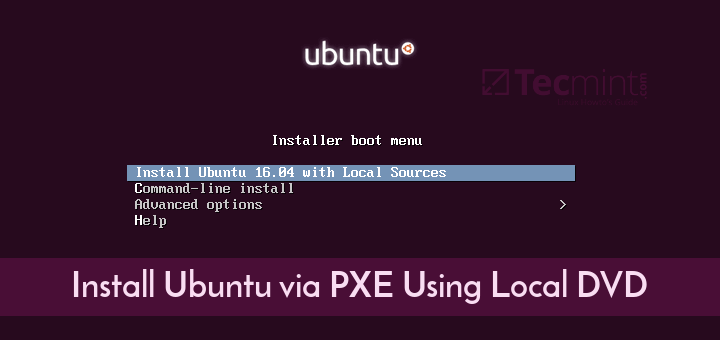

- #Tiny pxe server boot.wim how to
- #Tiny pxe server boot.wim install
- #Tiny pxe server boot.wim windows 10
- #Tiny pxe server boot.wim pro
You can follow the instructions step by step. Now you can try this software to perform the PXE boot Windows 10.
#Tiny pxe server boot.wim pro
You can purchase its Pro Edition to use it permanently. MiniTool ShadowMaker provides Trial Edition that gives you a 30-day free trial for all backup features. In addition to restoring the system to the original device, you can also do the universal restore when restoring to a different computer with dissimilar hardware. The backup feature of this software supports backing up your system drive completely, including system partition, system reserved partition and EFI system partition. All in all, the MiniTool PXE Boot feature makes it feasible that maintain multiple computers in LAN. That is to say, the PXE Boot feature is used to make other client PCs boot from the same network.Īfter booting, all client PCs can back up, restore or clone with tools offered in Windows PE. You can boot many computers from the microsystem in the network with the PXE Boot feature of MiniTool ShadowMaker. The first method for you is to use the professional backup software - MiniTool ShadowMaker.
#Tiny pxe server boot.wim windows 10
Perform the PXE Boot Windows 10 with MiniTool ShadowMaker
#Tiny pxe server boot.wim how to
Now, let’s see how to perform the PXE boot Windows 10. Just now, I have introduced how PXE boot works. Read More How to Perform the PXE boot Windows 10? If your computer does not start properly and cannot be started by loading an image file on the internal hard drive, you can also try the PXE boot.
#Tiny pxe server boot.wim install
When you want to maintain or install the system for multiple computers without inserting a CD or USB into these computers one by one, you can try the PXE boot to install the system. Using it can reduce time spent per server and the installation tools are centralized and easier to update. New computers can be easily added to the network because PXE is vendor-independent. This allows administrators to diagnose and possibly resolve issues and there will be less error-prone due to automation.ģ. When there is a hardware or software failure, the client computer can be restarted. Then the installers can be less technical.Ģ. For the client machine, the operating system or even a hard disk is not necessary. The advantages of using the PXE boot server are as follows:ġ. Besides, you can also know when to use it. This part is about the advantages of the PXE boot server.

Besides, there is no authentication or authorization.Īlthough TFTP is still commonly used in PXE environments, advances in technology have led some PXE implementations to support more complex protocols such as HTTP or ISCSI. No directory listing, so you need to know the exact path of the file to download. It only supports getting and putting files. TFTP has no bells or whistles because of its simple nature. The simplicity of it is great for implementation in a firmware environment with limited resources. It is a simple UDP-based protocol for getting or sending files. TFTP refers to the Trivial File Transfer Protocol. For PXE, this is an option that contains the server's IP address, from which you can download its startup file. DHCP supports a wide range of options that can be provided to network clients.īut usually, it consists of the IP address used by the client, the default gateway address and the DNS server used for name resolution. There are two types of actors in DHCP - the DHCP server and the DHCP client. Some PXE-enabled NICs even use open source PXE firmware.ĭHCP refers to the Dynamic Host Configuration Protocol. PXE-enabled NIC is the DE facto standard in data center-grade servers. Many consumer-grade network cards do not have PXE capabilities. NIC refers to the Network Interface Controller. Here are more details of NIC, the DHCP server, and the TFTP server. On the client-side, it requires only a PXE-capable NIC and uses a small set of industry-standard network protocols such as DHCP and TFTP.


 0 kommentar(er)
0 kommentar(er)
